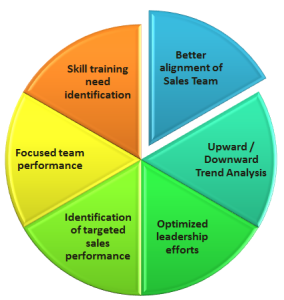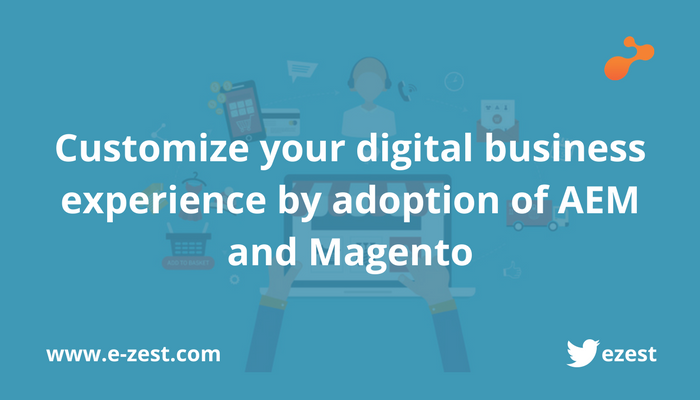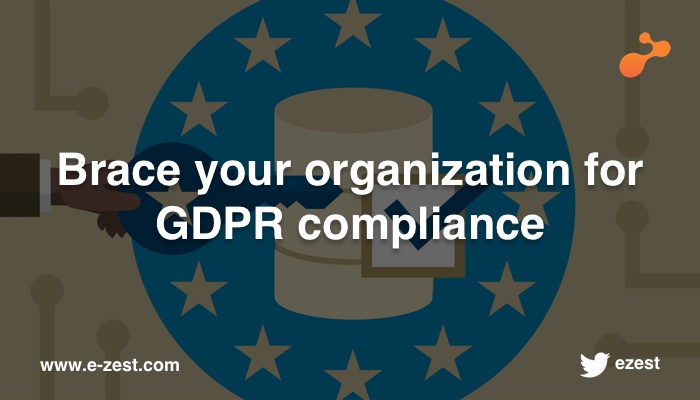API, known as application programming interface, enables software to interact with other softwares using a set of programmable instructions. In other words, API is used because programs can use each other’s functionality for communication purposes. For instance, one of a web application using your Google credentials to allow you login in to its application. Here application authentication is happening with third-party solution. This communication relies on some sort of API.
From a developer’s aspect, if one is looking to utilize functionality of a company then the company needs to release its API for generic purposes which can be then incorporated programmatically. API lets the developers to do more with less information and also removes the burden of understanding the architecture of another application completely for accessing information.
If you are planning to implement Salesforce, API thinking might be helpful. Evidently, Salesforce implementation demands integration with other systems where data updates and storage are considered as mandatory. Assume, you want to integrate user interface of particular system with Salesforce. When a customer record is updated, a notification is automatically sent while they are working on the system. No matter, what type of integration, Salesforce has got all the abilities.
With Salesforce, you can get a rich set of APIs to manage your integration needs. Although, it depends upon the type of integration and technologies you are looking for. There will be some processes and business logic involved to figure out which types of APIs are well-suited for your system. Strong domain knowledge for API implementation is also expected to contemplate the protocols and decide the type of API i.e. REST or SOAP for implementation.
Using APIs for Salesforce integration can help you to reduce your development efforts and create a path between two systems to communicate effectively.






